Every week, a DIY expert spares us a trip to the grocery store and shows us how to make small batches of great foods at home.
In today's Small Batch, La Domestique's Jess O'Toole shows us how to make everyone's favorite Scandinavian cured salmon.

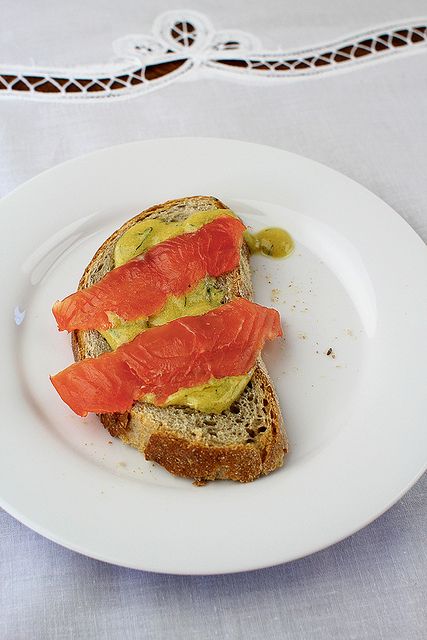
Gravlax is the name for a Swedish technique for preserving raw salmon with salt and sugar. It’s easy to do at home, where you can control the ingredients and how the finished product will taste. I enjoy homemade gravlax for its elegant appearance and fresh flavor that is so welcome during summer when the last thing I want to do is cook with heat. Conveniently, it’s the time of year when wild Alaskan salmon is in season. I selected wild sockeye salmon for this recipe, but you could also use king salmon. Talk with your fishmonger about options and seek out sustainable salmon.
The process takes 2-3 days, but don’t let the recipe intimidate you –- the steps are simple, and most of the effort goes into knife work for removing the skin and slicing the fish. Be patient with yourself and use a freshly sharpened knife.
So many recipes for gravlax are out there; some flavor the salmon with spices like juniper, while others add a kick with horseradish. My version is adapted from the techniques I learned from reading Kitchen of Light: The New Scandinavian Cooking, by Andreas Viestad. For this recipe, I chose to keep it simple, flavoring the fresh salmon fillets only with salt, sugar, dill, and aquavit. The idea is to let the salmon be the star of the show. Aquavit is a Scandinavian spirit infused with caraway, lemon peel, fennel, and aniseed. It lends a fresh, spiced note to the cured salmon, but you can substitute gin or leave it out all together.
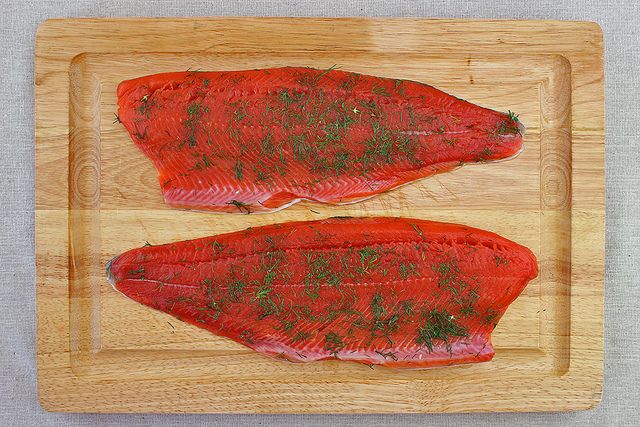
Once you’ve learned this simple technique, I encourage you to experiment, leaving your own personal signature on this recipe. Play with spices like crushed red pepper or caraway seeds. Try lemon zest for a lively citrus note or grated beets for earthy complexity and depth of color. Gravlax is a valuable recipe to have in your repertoire, perfect for entertaining a crowd or providing a quick and easy base for breakfast, lunch, or a light supper.
In Kitchen of Light, Andreas Viestad writes, “There is an intrinsic generosity to making gravlax…In Scandinavia it is customary to invite guests to share it, or to give away some of it to your friends and neighbors.” I suggest serving it as part of a brunch spread with good rye bread and mustard sauce. You’ll be proud of your newfound skills in curing fish and celebrate the accomplishment by sharing a meal with friends and family.

Gravlax
Makes 2 salmon fillets
Two 1-pound salmon fillets, skin on
3 tablespoons kosher salt
1 1/2 tablespoon sugar
3 tablespoons chopped fresh dill
2 tablespoons aquavit
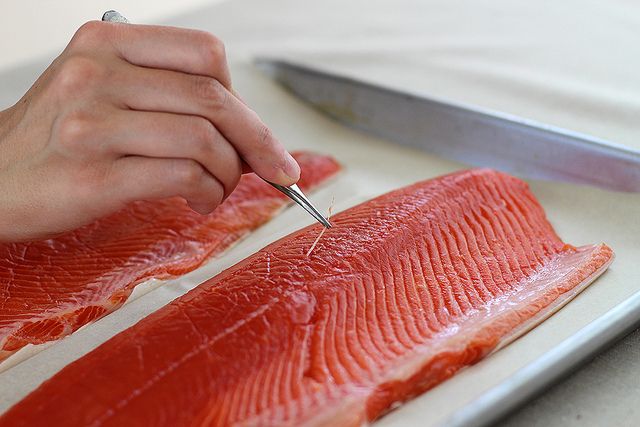
Prepare the salmon fillets by using tweezers to remove the pin bones. These small, thin, spiky bones can be felt by running your fingers along the top of the fish. Pinch the end of a pin bone with the tweezers, push down gently on the flesh with your other hand, and pull the pin bone straight out. You may find as many as 20 pin bones in each fish fillet, but don’t be daunted by the task, it only takes a few minutes.
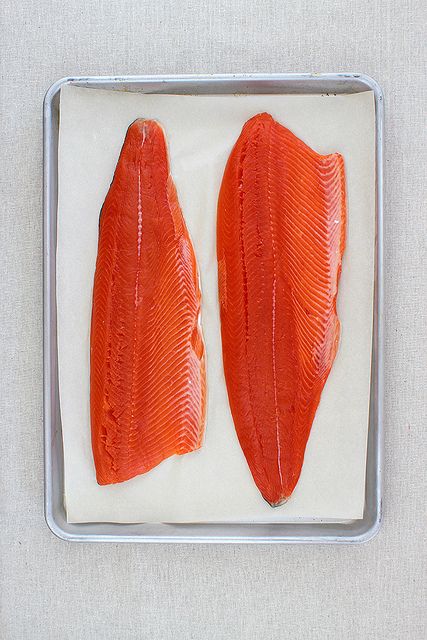
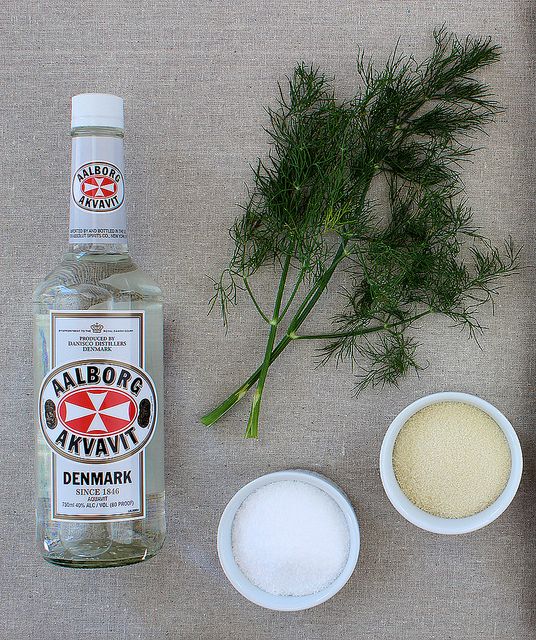
Place the salmon fillets skin side down in a non-reactive container (ceramic or a baking sheet lined in plastic wrap) with high sides to keep any juices released during curing from spilling from the container.
Apply the cure. Stir together the salt and sugar, then rub the mixture evenly over each salmon fillet. Sprinkle the chopped dill over the salmon, and pour 1 tablespoon aquavit over each fillet.
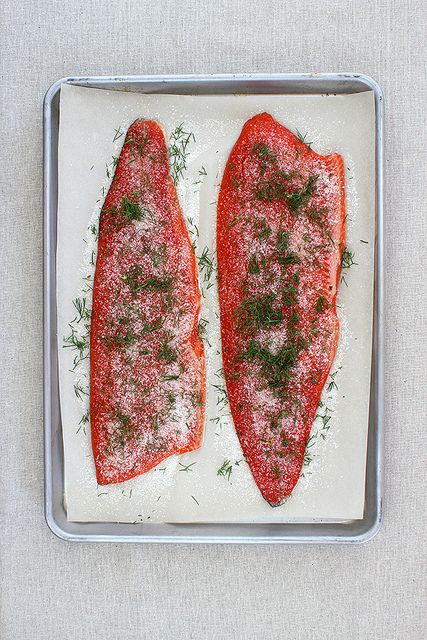
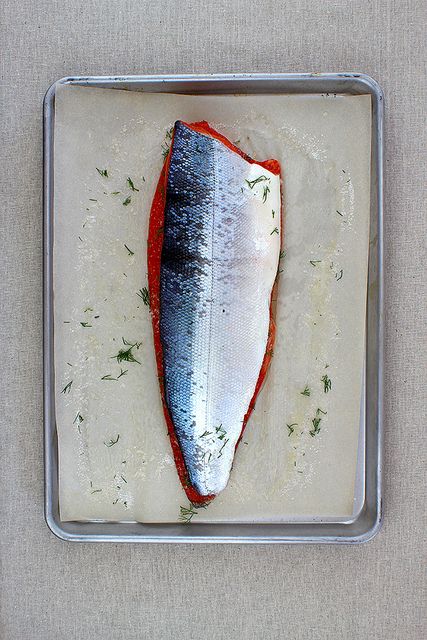
Place one of the salmon fillets skin side up on top of the other fillet. The salmon fillets will be touching flesh to flesh, each with the skin on the outside. Cover the stacked salmon fillets with plastic wrap and place a heavy weight atop the fish. A plate or baking tray weighed down with bags of flour works well. Put the salmon in the refrigerator to cure for 2 to 3 days, turning the fish every twelve hours. The gravlax is finished curing when it feels firm to the touch at the thickest part of the fillet.
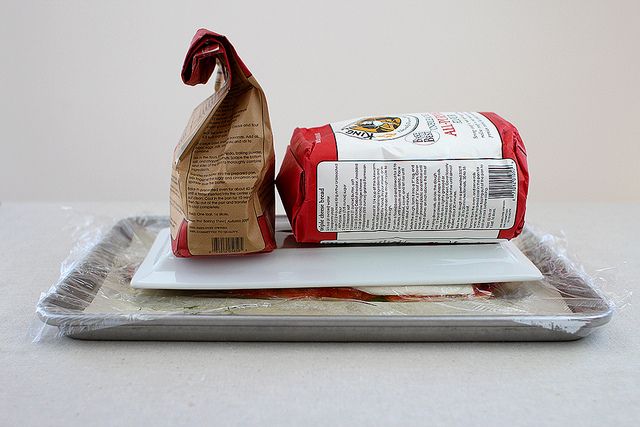
Once the salmon has cured, gently wipe the cure off the top of the fillets. Use a long, narrow, flexible, sharp knife to remove the skin from each fillet. With the salmon skin side down, grab the tail end, pinching it with your thumb and fingers. If the skin is slippery, use a paper towel to grip it. Use the knife to slice between the skin and flesh. Keep the knife at an angle, pointed down towards the skin, and use a rocking motion to slice under the length of the fillet and remove the skin. Take your time and be patient, as removing skin from a fish fillet is delicate work, a skill that gets better with practice. Once the skin is removed, flip the fillet over and trim off any pieces of skin still left on the fish. After the skin is removed from both fillets, store them in the fridge, well wrapped, where they will keep for at least a week.
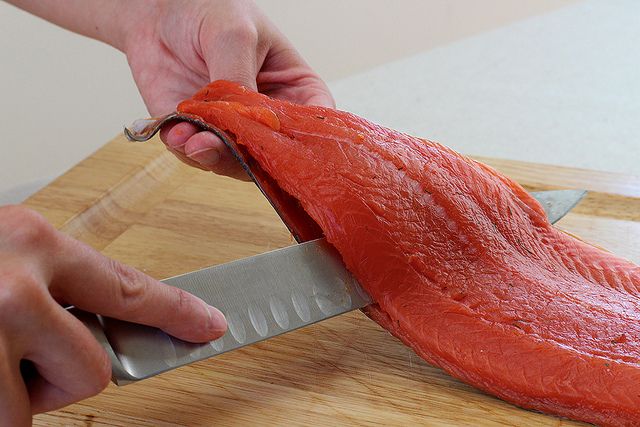
To serve, slice the salmon as thinly as possible by using a sharp knife to shave off pieces, cutting towards the tail end. Wrap any unused salmon and return it to the fridge. Traditionally, gravlax is served with mustard-dill sauce and rye bread. It’s also delicious tossed in with boiled potatoes and dressed with a lemon vinaigrette, or atop a bagel with cream cheese and chives.
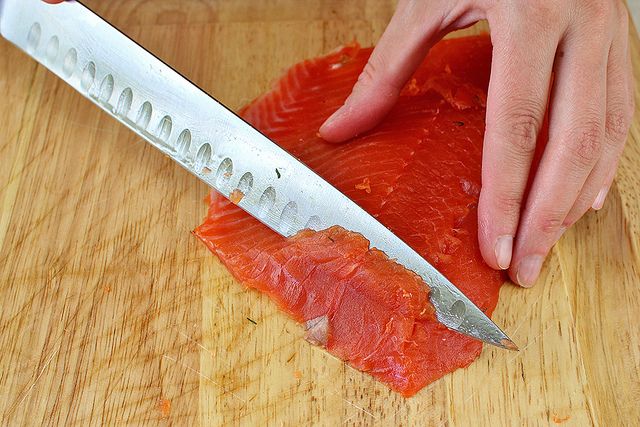
Save and print the recipe here.
Jess will be answering questions about gravlax on the Hotline for those of you who want to take on this project at home. For the quickest response, go to her recipe and ask a question from there -- we'll email her your question right away!
Next week on Small Batch, learn about infusing vodka with bright summery ingredients. Pick up a bottle, and start sending out the invitations for your next summer cocktail party.













See what other Food52 readers are saying.